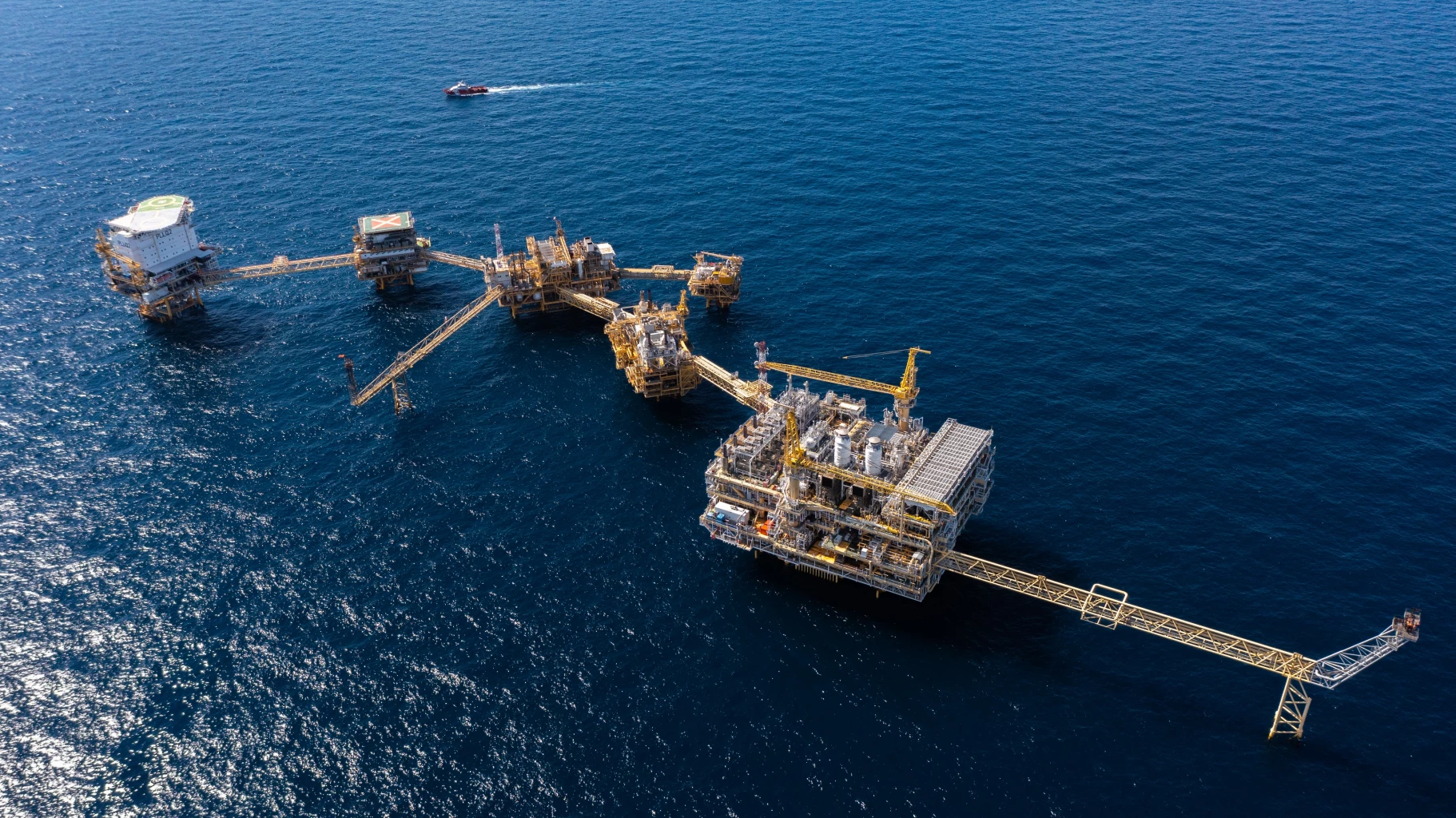Myanmar targets 17-fold rise in coal-fired power by 2030

THE southern part of Myanmar is being eyed for new coal-fired power plants, in line with the country’s electricity-generation master plan that will boost the coal-fired power ratio 17-fold by 2030.
Aye Min, deputy director for thermal power planning, told the “Myanmar Electric Power Convention” last Thursday that most hydropower projects were located in the northern part of the country.
These projects are both time- and money-consuming, and also require investment in the grid to transmit power to the southern part of Myanmar, he said.
“Electricity demand will continue to rise annually, so we need more thermal power plants to meet the increasing demand. [Moreover], thermal power output does not rely on seasonal and site conditions,” he added.
Under the master plan, by 2030 coal will generate 7,940 megawatts or 33 per cent of installed capacity of 23,594MW, from 2 per cent at present from two coal-fired power plants – one with 120MW in Shan State and the other with 8MW in Tanintharyi Region.
Hydropower currently generates 69 per cent of installed capacity, with another 29 per cent accounted for by natural gas. By the end of the plan period, the ratio of hydropower will have fallen to 38 per cent (8,896MW), gas to 20 per cent (4,725MW), and renewable energy will account for 9 per cent (2,000MW).
“For the time being, our production largely depends on hydropower and gas. But we also need to find other sources such as coal and renewable energy to ensure 24-hour full electricity to the whole country, as targeted,” Aye Min said.
“Coal-fired power plants are a quick-win for our power production. We do not have another option. We do not have many options to get reliable power,” he added. Only 33 per cent of the population has access to electricity. Among the 10.88 million households in Myanmar, more than 7.34 million are yet to be electrified.
The government plans 100-per-cent electrification by 2030.
Installed capacity rose from 3,413MW in the 2010-11 fiscal year to 5,029MW as of last month.
Private-sector participation plays a crucial role in the master plan, the deputy director said.
Firms from different countries have been approved to build nine new gas turbines and waste-heat recovery boiler power plants in Yangon, Mandalay, Tanintharyi and Ayeyarwaddy regions.
Additionally, private companies – both local and foreign – will build 11 coal-fired plants in states and regions such as Shan, Mon, Yangon, Sagaing, Ayeyarwaddy and Tanintharyi.
Upon completion, Yangon Region will become home to major coal-fired plants.
Master plan
Than Naing Lin, deputy director for power development planning, said the master plan took into consideration demand forecasts and primary energy and power resources.
Some of the new projects under the plan will be financed by the Japanese government, the Asian Development Bank and South Korea’s EXIM Bank.
Building 230-kilovolt main stations and substations, in the Dawei and Thilawa special economic zone areas respectively, is part of the plan.
The Japan Investment Cooperation Agency, which has played a part in drafting the master plan, forecasts that Myanmar’s electricity demand could hit 14,542MW in 2030.
Tint Lwin Oo, deputy director for Myanmar’s hydro and renewable planning, added that foreign investors could do business in the energy sector by means of either joint ventures or as BOT (build, operate and transfer) schemes.
Theoretically, Myanmar has the potential to generate 108 gigawatts of hydropower from four major rivers – the Ayeyarwaddy, Thanlwin, Chindwin and Sittaung – he said.
He added that the ministry had signed a memorandum of understanding, with different firms, to implement three solar-power projects with a total installed capacity of 550MW, three wind-power projects with a combined installed capacity of 2,380MW, and a 200MW geothermal project.
RELATED





